Europe’s Next Hiking Destination: Catalonia
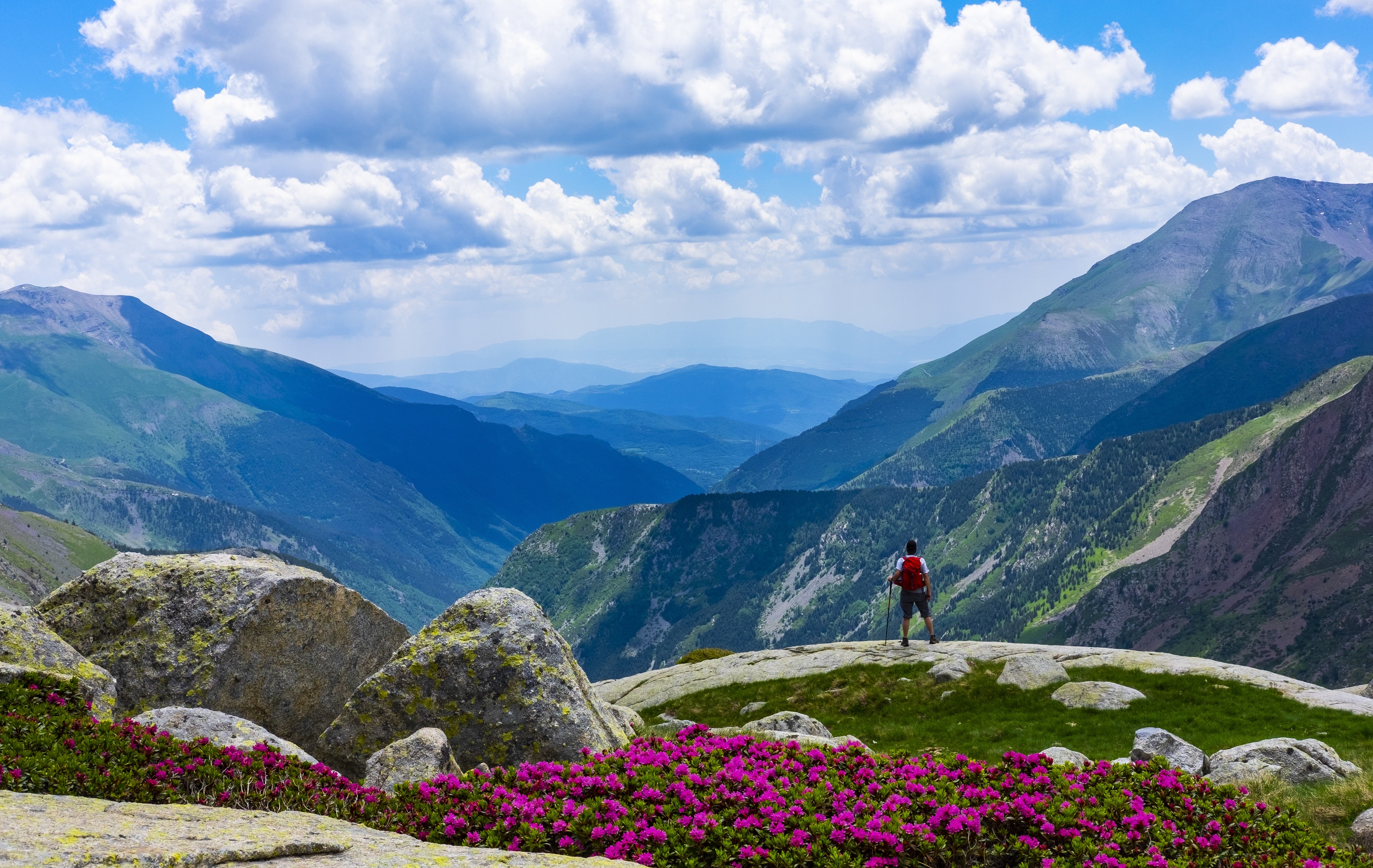
'@CTB_Inmedia Solutions'
Barcelona, the capital of Catalonia, is known for its art, architecture, and culinary delights. The nearby white sandy beaches attract visitors from around the world. But Catalonia has a secret the average tourist doesn’t know – its vast number of hiking trails streaking through the natural beauty and cultural history of one of Spain’s most unique and famously autonomous regions. Whether looking for challenging multi-day hikes through mountain peaks or less strenuous walks through history, Catalonia has plenty of accessible trails for hikers of all levels. Fortunately, the region also has welcoming mountain huts and famous Catalan cuisine to satisfy all your needs. Don’t wait any longer to explore this hiking mecca.
St. James Way – Pilgrims of the 21st Century
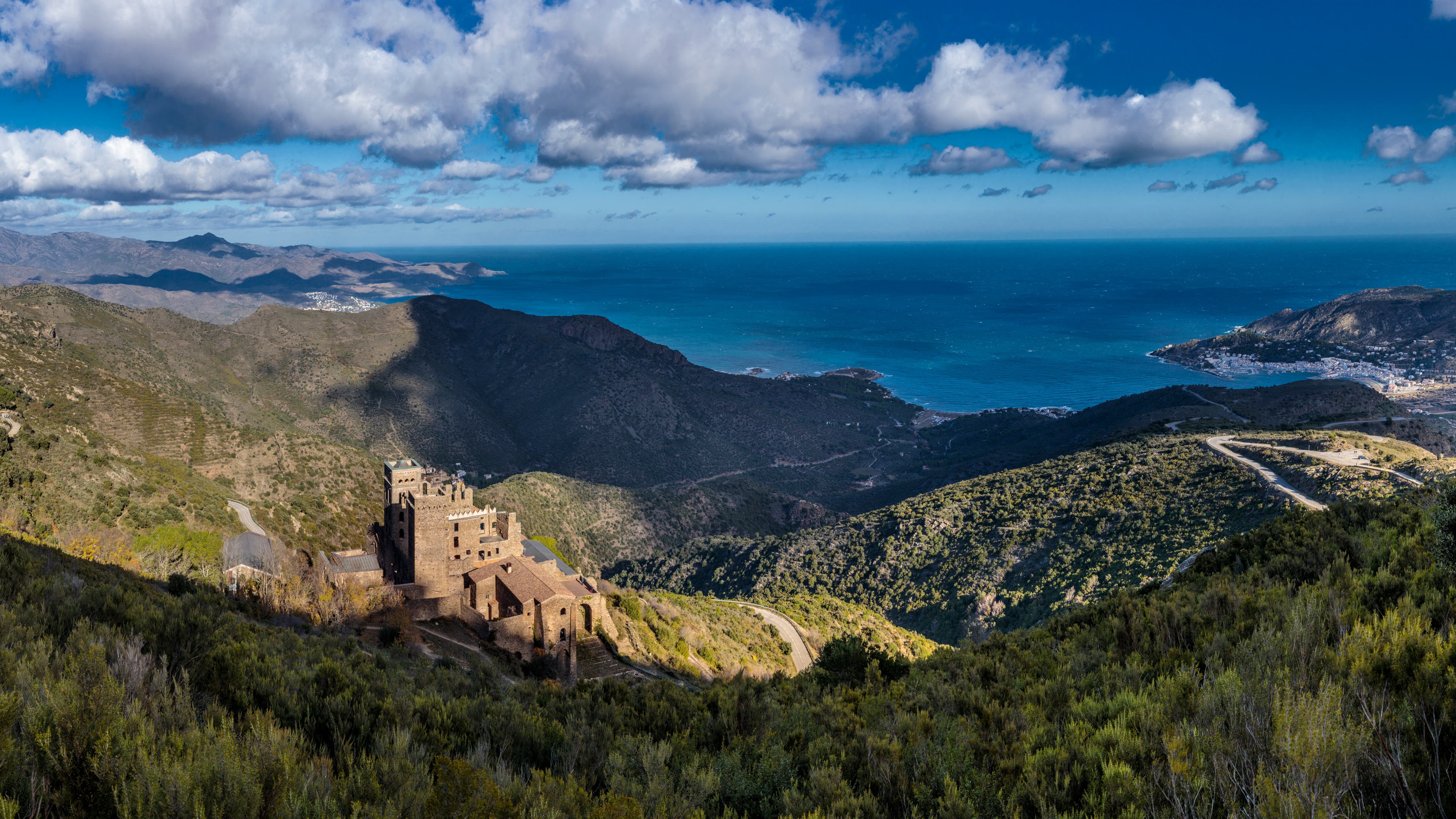
Hiking the pilgrimage path to Santiago de Compostela has become very popular over the last decade, with many starting their journeys in St. Jean Pied de Port in France and Roncesvalles in Spain. Catalonia offers the opportunity to start to the famed route in the Pyrenees Mountains, following the route some medieval pilgrims used to cross from France to Spain using the Coll de Panissars pass in the municipality of La Jonquera. Now, the former Benedictine monastery of Sant Pere de Rodes, which legend suggests was built to hide the remains of Saint Peter, provides a historic starting point for hikers seeking to follow the Jacobean era route through Catalonia. Along with its interesting history, the monastery offers a stunning view of the bay of Llançà and the Mediterranean to inspire the long journey to Santiago de Compostela. Recently renovated with signposts throughout, the trail winds through historic villages and cities, like Girona, Vic and Manresa, where the original pilgrims passed through and sought refuge. The spring and fall seasons offer cool nights and warm days that are perfect for the 15-day hike over the 241-mile trail.
Camí dels Bons Homes – Way of Good Men
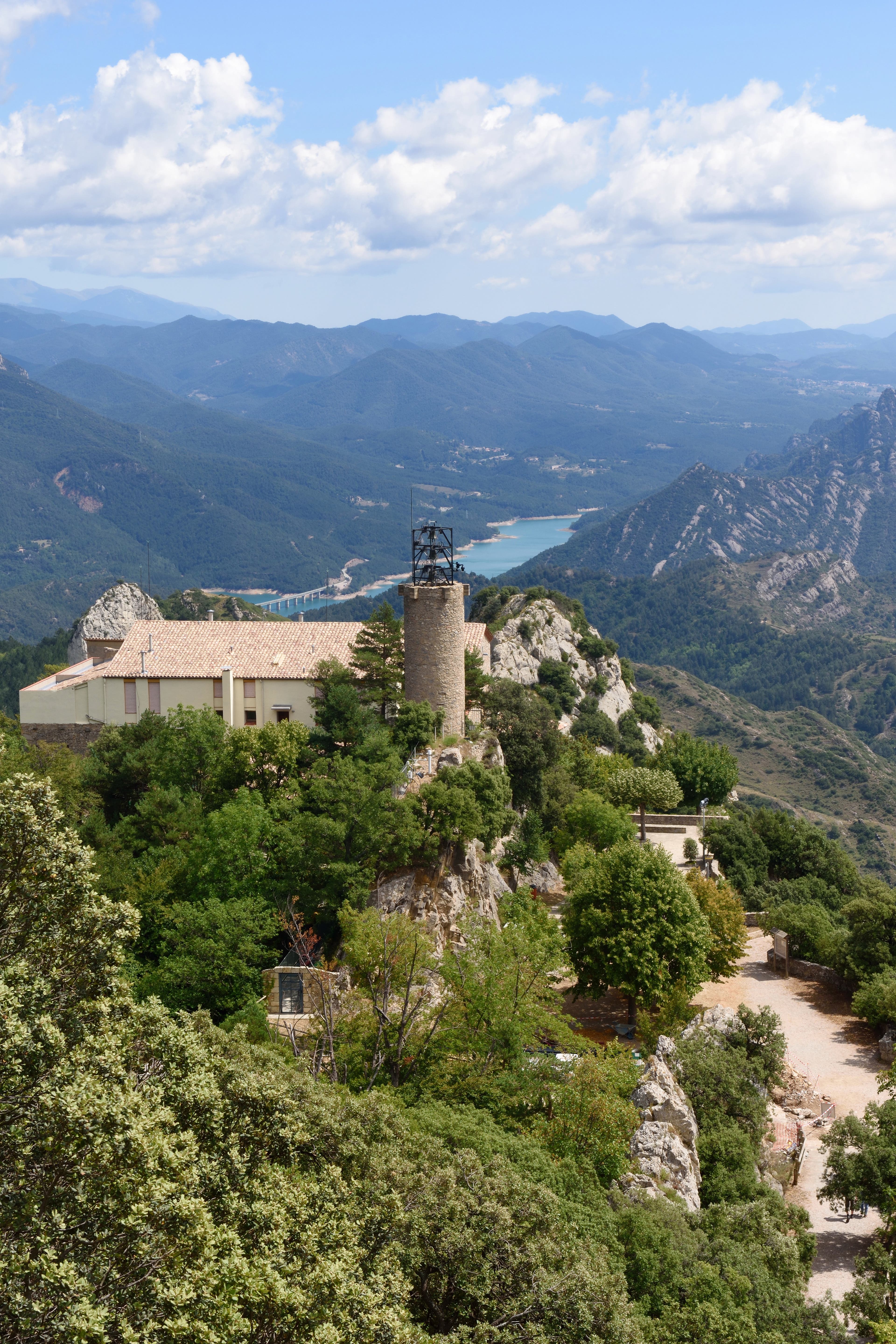
The Way of Good Men, “Camí dels Bons Homes,” follows the thirteenth century escape route used by the Cathars, a religious group persecuted by the Catholic Church, through the Pyrenees as they tried to escape the Inquisition. This route connects the Sanctuary of Queralt, in Berga, Catalonia, with the Castle of Montsegur, France, where many of the Cathars perished during this time. The trail also crosses Catalonia’s Cadí Moixeró Natural Park, known for its alpine vistas and opportunities to scramble up rocky trails. The trail spans 117 miles and takes approximately nine days to complete, depending on how often one is distracted by the historic villages, rocky peaks above tree-line, and lush, green valleys.
Carros de Foc (Chariots of Fire) – Between Lakes and Shelters
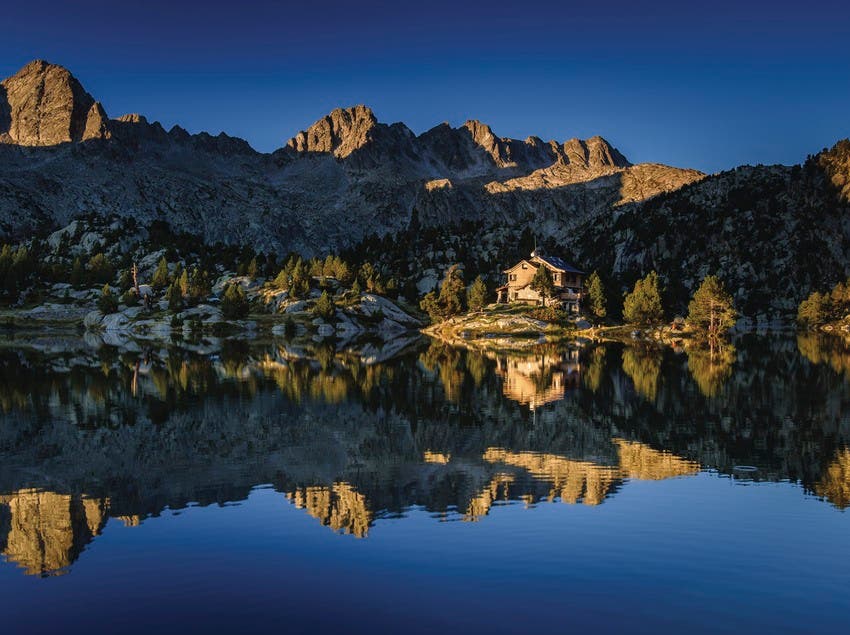
This circular, classic high alpine route links the nine mountain refuges in Aigüestortes i Estany de Sant Maurici National Park, the only one of Spain’s 14 national parks in Catalonia. With more than 30,000 feet of cumulative elevation gain, this is not a beginner hike. The 34-mile trail takes five to seven days during the summer months to complete. Shelters are located at an altitude of 6,200–7,800 feet, and the highest point reached on the itinerary is Contraig Pass (8,120 feet). The views are worth the climb, especially looking out over the many natural lakes along the way.
La Porta del Cel (Gateway to Heaven) – Crowning Catalonia’s Summit
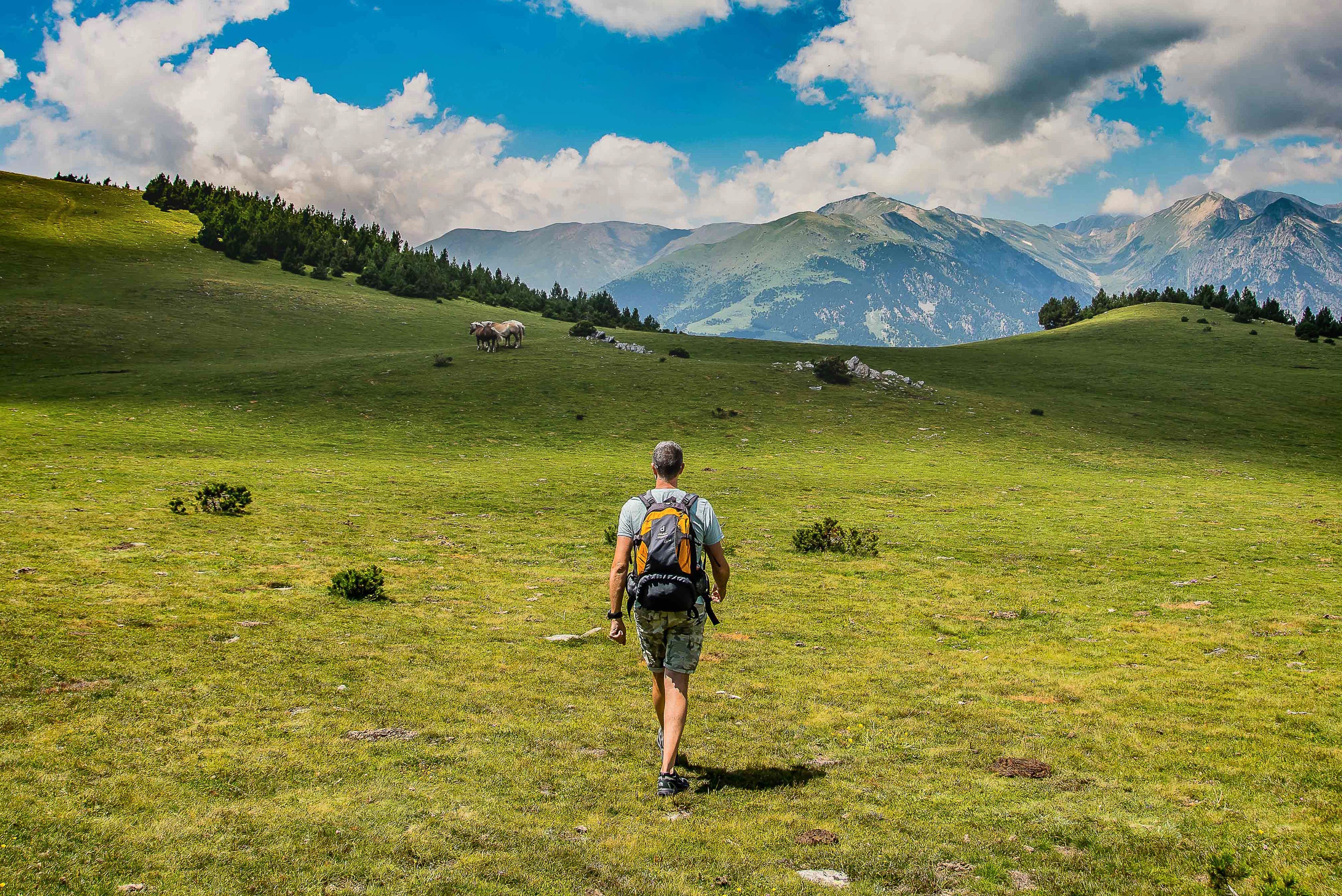
The reflections of sky, clouds, and stars in the many lakes and ponds along the La Porta del Cel trail are what give the circular route its name as some say it is like hiking to the “gateway to heaven.” La Porta del Cel spans across both Catalonia and France, covering 40 miles and connecting four mountain refuges. Over four to five days, the route keeps you entirely in high mountain areas, including summiting the highest peak in Catalonia, the Pica d’Estats at 10,311 feet. Much of the trail goes through the Alt Pirineu Natural Park, the largest park in Catalonia, and passes multiple glacial lakes, including Certascan, the largest glacial lake in the Pyrenees. The best time to go is from mid-June to mid-September, but be aware that snow in the area lasts into July or later and, as with all mountainous areas, weather can be unpredictable.
Els 3 Monts (The Three Mountains) – Surrounding Barcelona
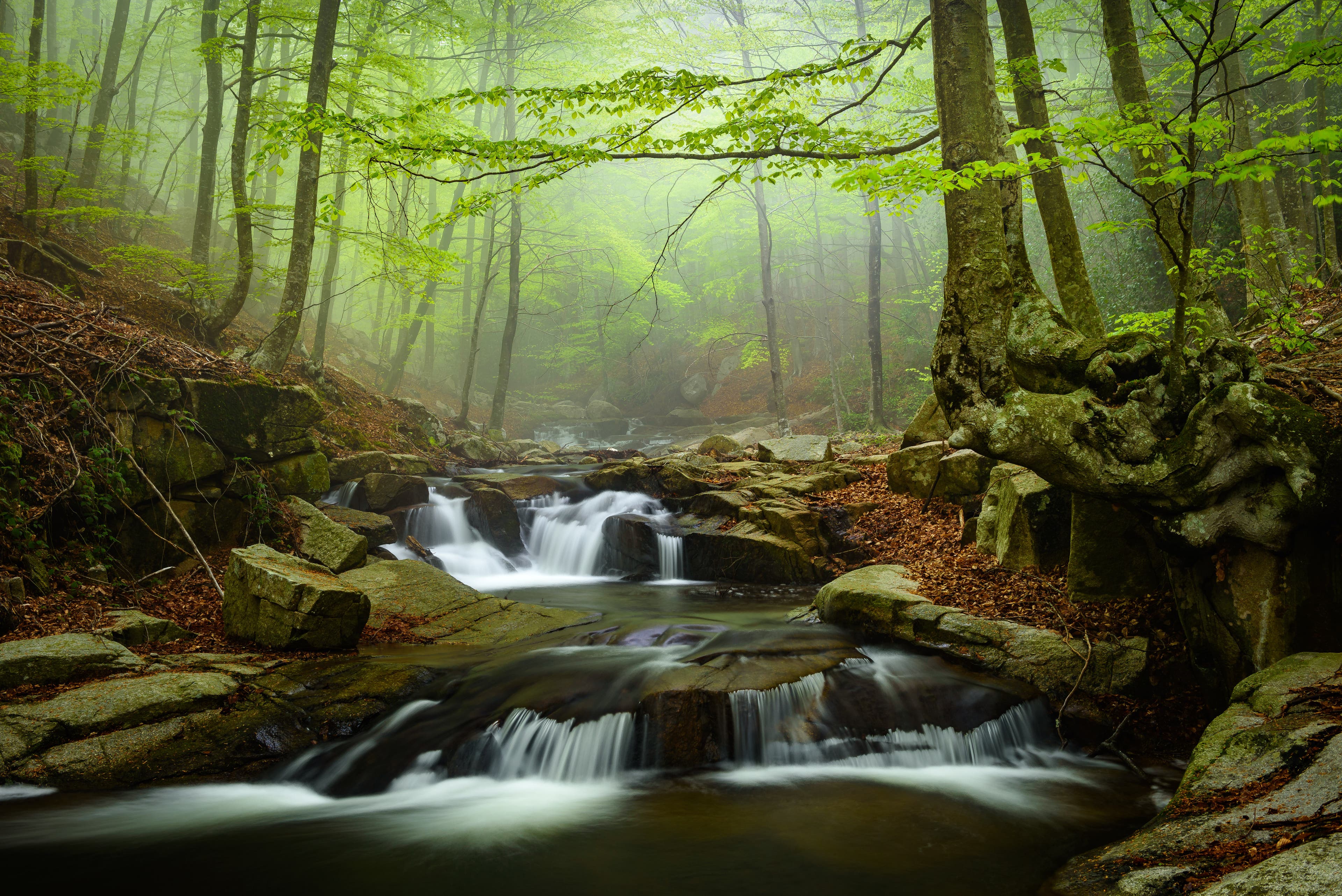
The Els 3 Monts trail winds its way through three of Barcelona’s natural parks – El Montseny, Sant Llorenç del Munt and Montserrat. Broken into six stages, the well-marked, 66-mile trip can be completed over several days, staying in local hotels along the way, or split into shorter combinations, including day hikes. All the segments have at least one thousand feet elevation gains, with the highest being over 4,000 feet. This route travels through beautiful natural landscapes, while also featuring Romanesque and modernist architecture in rural communities. The Els 3 Monts also provides ample opportunity to taste the Catalan gastronomy made from local ingredients, and hiking to the restaurants makes the food taste that much better.
Cavalls del Vent (Wind Horses) – A Tibetan Inspired Journey

Tibetan prayer flags flying over eight mountain huts inspired the name of this trail, Cavalls del Vent. Following the footpaths of past smugglers and medicine women, the trail travels through the beautiful landscape of the Cadí-Moixeró Natural Park for 52 miles and has a cumulative elevation gain of 18,372 feet. Be sure to visit Fumanya, where dinosaur footprints have been found, and stop to admire the views of the legendary Pedraforca Mountain. May through September are peak times for this four to five-day circular trail.
El Cinquè Llac (The Fifth Lake) – Trails of magic and mystery
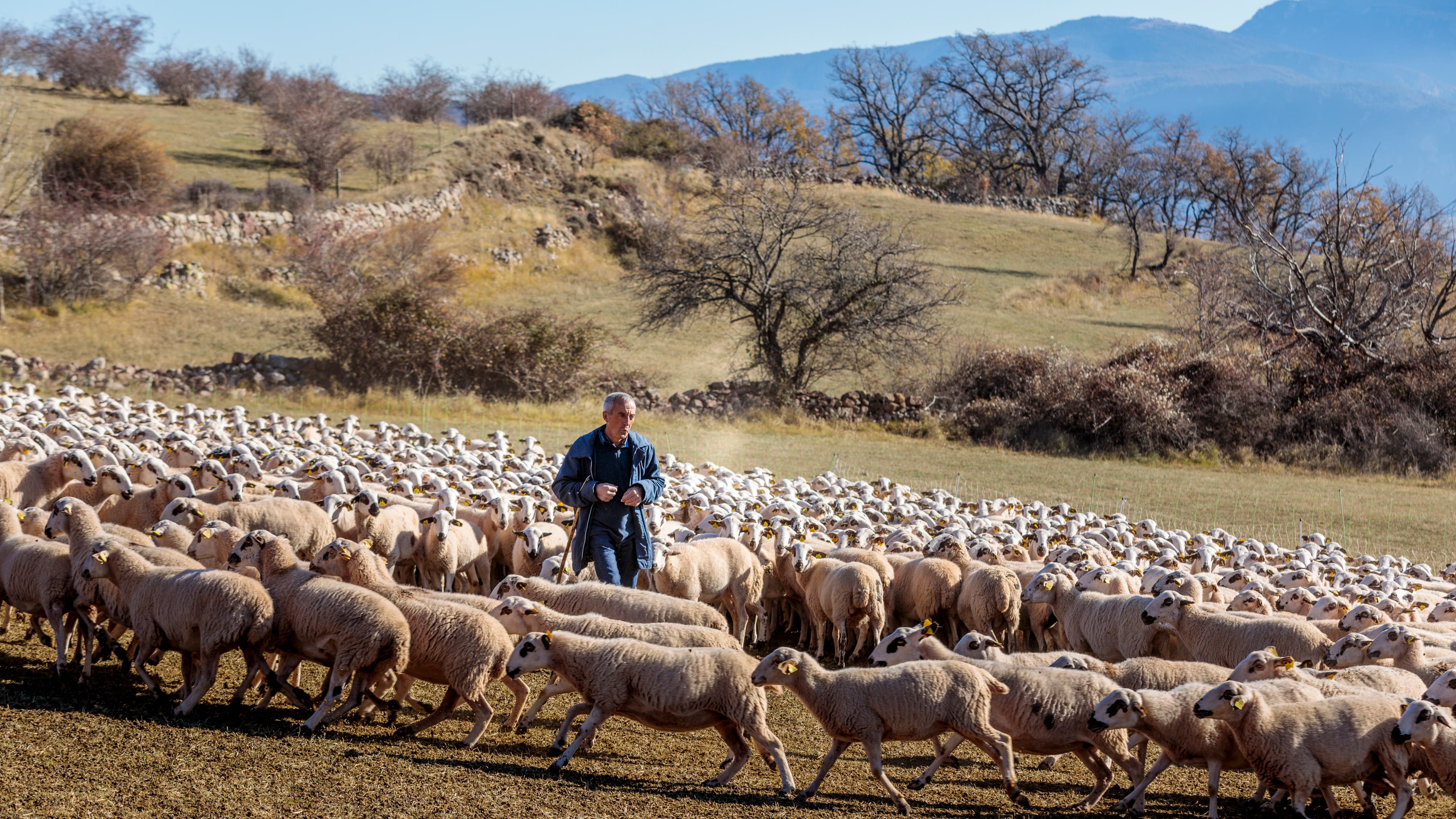
A circular route of 65 miles, the El Cinquè Llac trail is easily accessible for most hikers and travels across medium mountains in the Catalan Pyrenees. For five days, the trail leads you through a tranquil, rural environment, ultimately ending at Montcortés, the enigmatic “fifth lake” and a reserve of karst water that has served as inspiration for popular legends and is considered an exceptional lacustrine system. Throughout the trip, hikers can feast on the rich local gastronomy and stay in local homes in rural areas, promoting both sustainable and responsible tourism development.